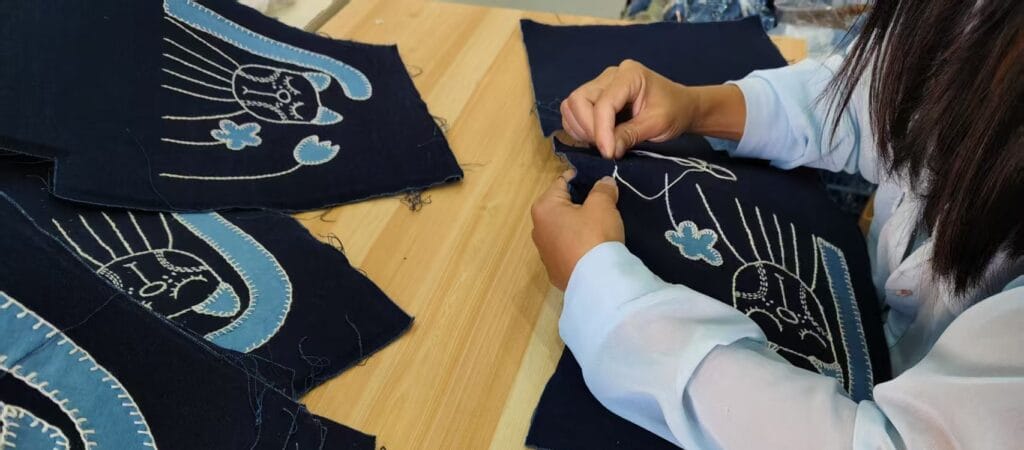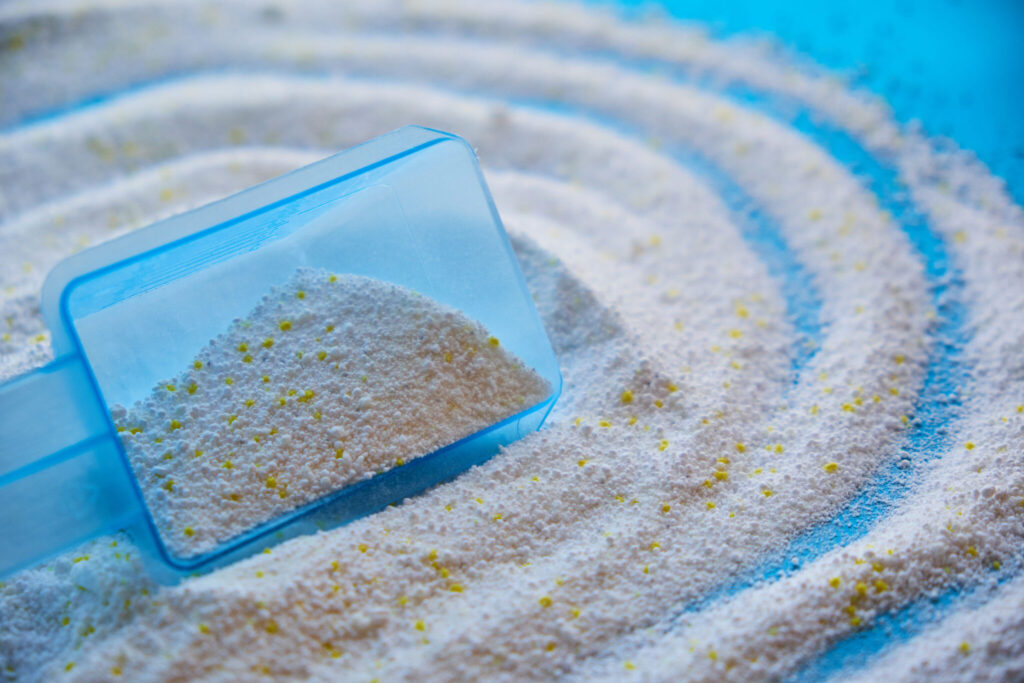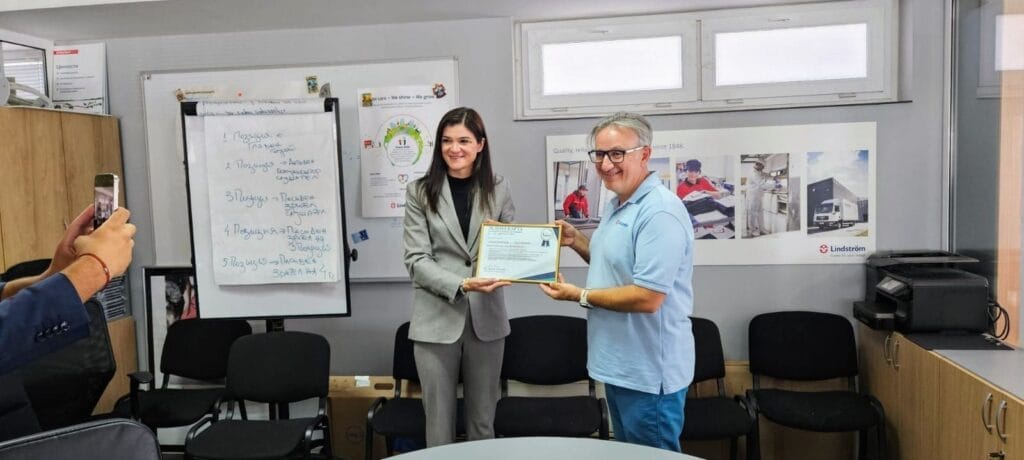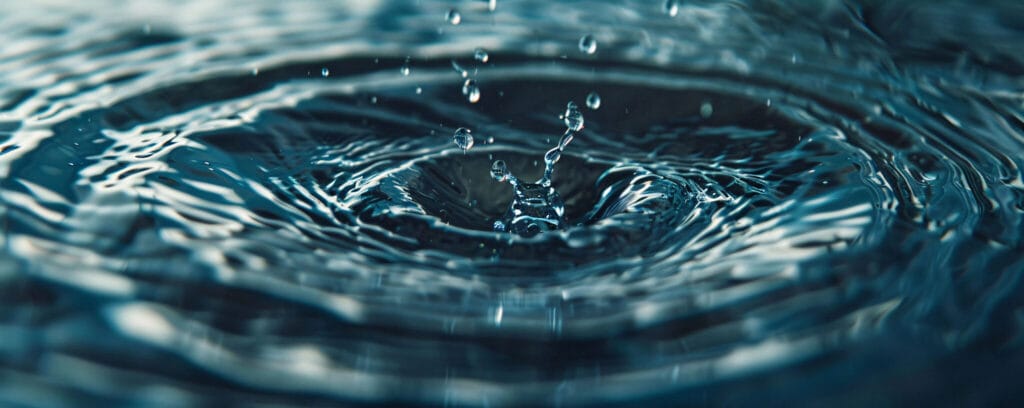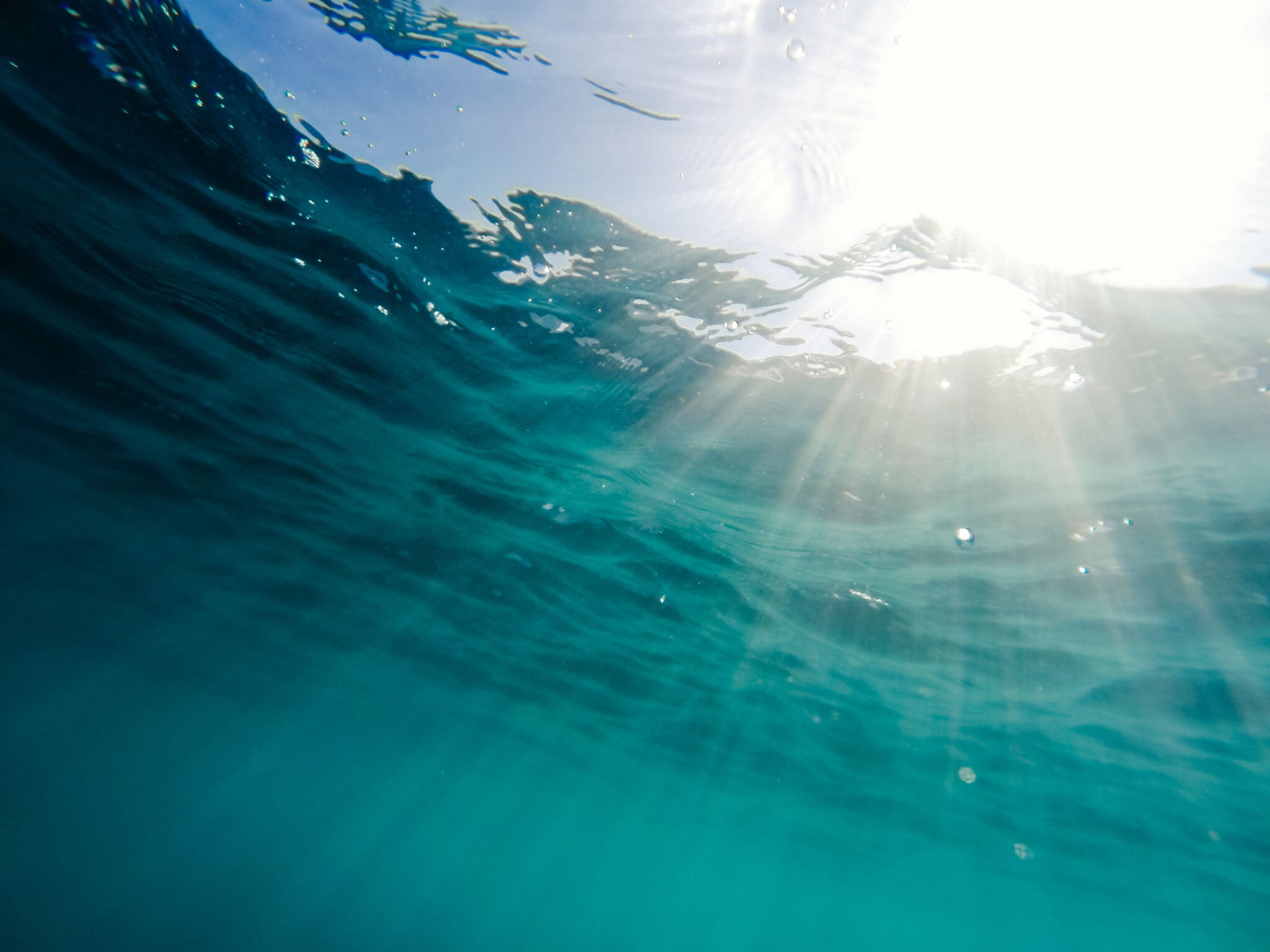
How can we reduce the spread of microplastics?
The extent and severity of the monster of microplastics is still unknown, but we are continuously learning more.
Last year, we published information about how microplastics affect our field of work. ETSA, the European Textile Service Association, has released more information on the topic, and we would like to keep all of our stakeholders informed.
Microplastics are known to cause harm to the planet’s water system, which in turn will affect animals and people. This is why we sometimes get asked what we are doing to prevent these materials from ending up in the water system.
Microplastics are plastic particles with a diameter of less than 5mm. They can stay in the water system for a significant time and are difficult to remove. Synthetic textiles contain the harmful particles, that are released during use.
We use polyester in our textiles because of its excellent properties for washing, mechanical strength, chemical resistance, as well as its long lifecycle. A synthetic material, polyester, releases microplastics during laundry, and washing synthetics is one of the main sources of them being released into the oceans. Workwear laundry also releases approximately 10 times as many microplastics as other laundries.
How we can help
Highly twisted yarns and tightly knitted or weaved textiles, that are generally used by textile service companies and also us, has reduced the release of microplastics. Polyester fleece fabrics and woven polyester release the greatest number of microplastics. The more worn the fabric is, the more it releases microplastic. Smarter textile construction, prewashing and vacuum exhaustion at production sites can help with the issue.
Liquid detergents release fewer microplastics than powder detergents. Commercial laundries typically use liquid ones, as also all our laundries do. The use of softener reduces the number of microplastics being released by 35%.
Washing at lower temperatures is a gentler treatment for the fabric, which also means that fewer microplastics are released. Lindström’s Luumäki plant has started to use lower temperatures while washing textiles at 55C°. All other laundries also have lower temperature programs in use when possible in relation to the dirt level.
Wastewater treatment systems, with either biological or chemical systems, have been noticed to reduce microplastics. Especially ultrafiltration systems have been noticed to remove the particles completely. All wastewater is also being discarded to WWTPs (wastewater treatment plants), which leads to 97%-98% of released microplastics being removed from the wastewater. We here at Lindström work closely with authorities with regards to all the limits and regulations set for wastewater and its filtration. If the strict limits in some areas are not met, we invest in the correct equipment in order to filter the water correctly.
In the future, BREF (Best Available Techniques reference) for textile production will be reviewed, and the issue of microfibers and -plastics will be included in the reference. Formas, a Swedish government research council for sustainable development, has started an innovation project called MiniShed, with the target of helping the textile industry to design and create textiles that decrease the release of the harmful materials. The project also includes an investigation of how washing machines can be designed to also reduce the release of microplastics.
In comparison, household laundering releases microplastics four times more than industrial laundering. We are constantly searching for new ways to improve our processes with regards to sustainability. We will keep our ears open for more information to come about the release of microplastics.
